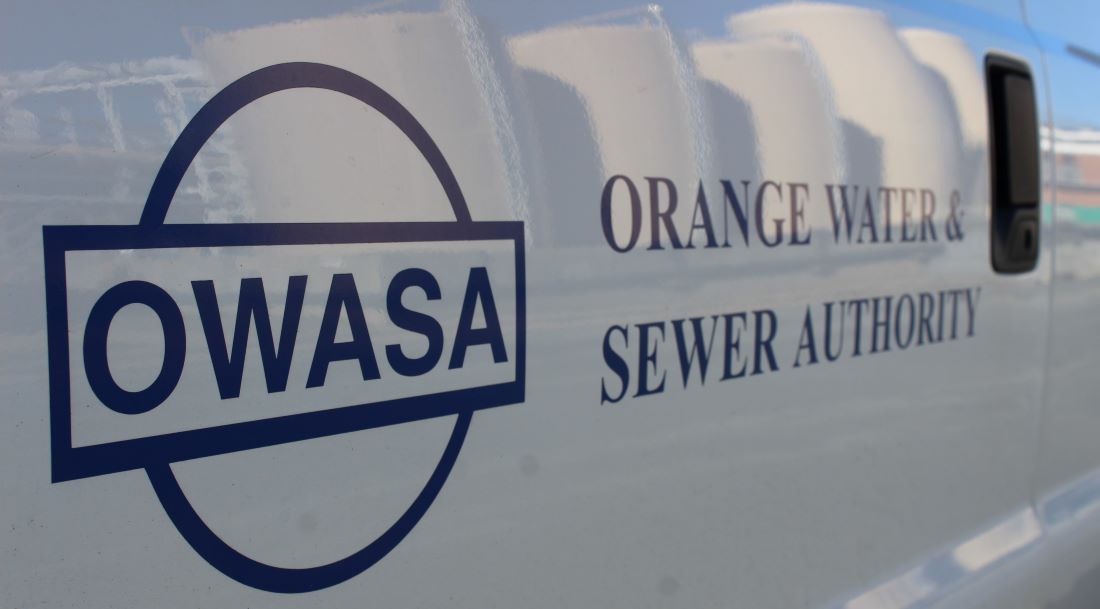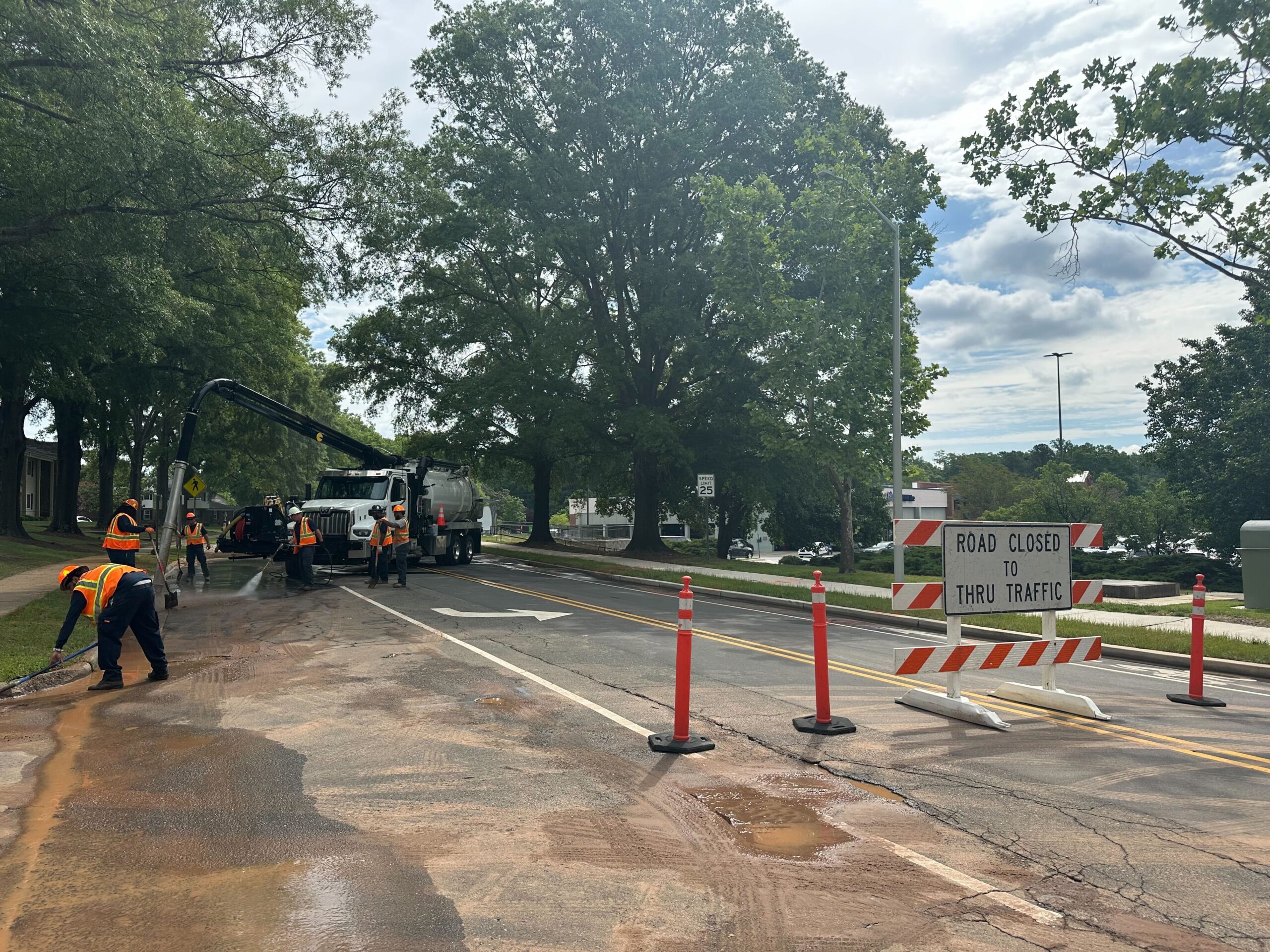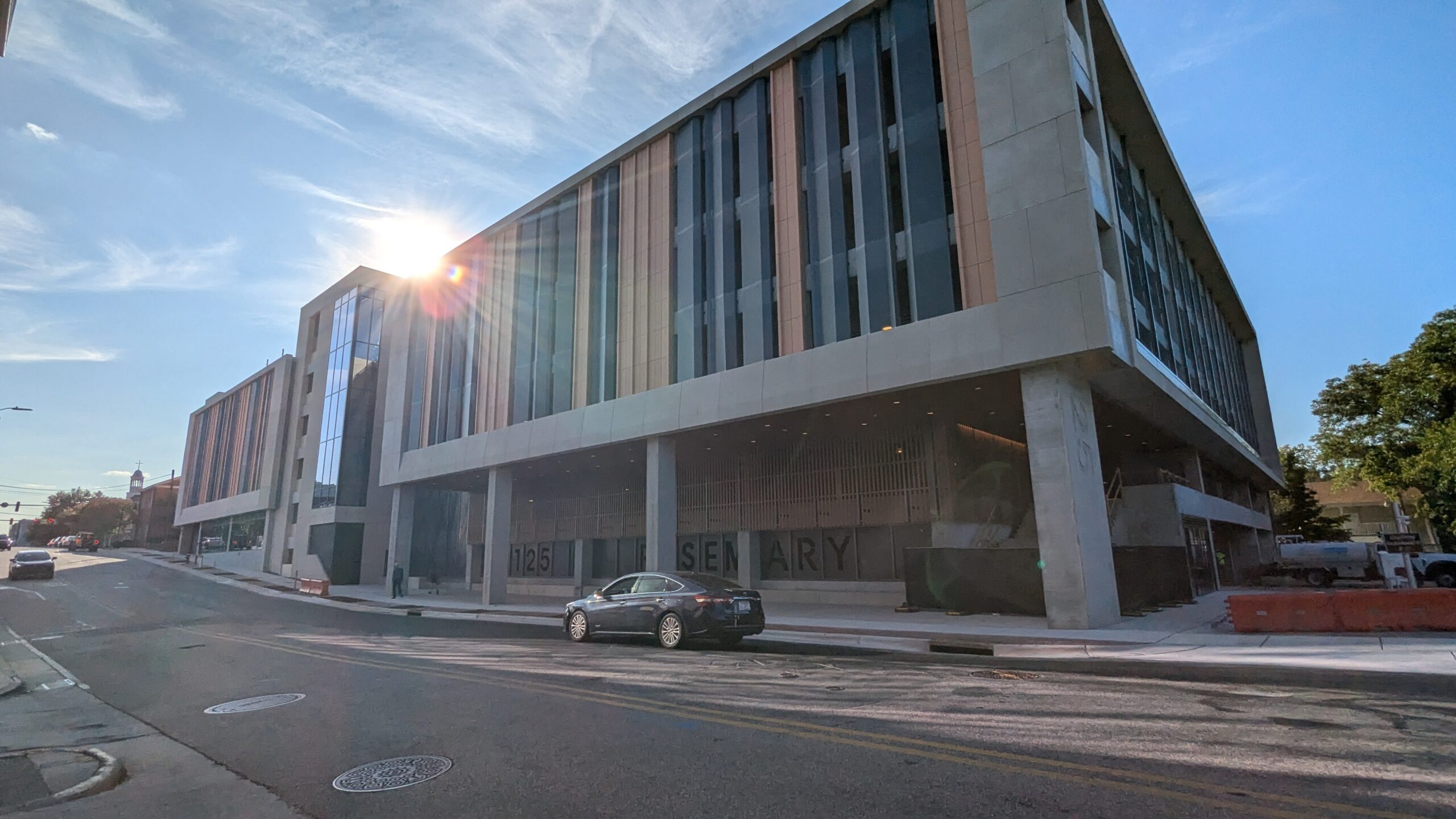With the Chapel Hill water shortage over, the Orange Water and Sewer Authority has launched two investigations to assess the situations that caused this weekend’s water shortage in Chapel Hill.
OWASA director Ed Kerwin said those investigations are in their early stages.
But Kerwin also said OWASA would be able to provide more detailed information about what happened during their board of directors meeting at six o’clock Thursday night.
The meeting has been moved from Carrboro to Chapel Hill Town Hall in order to make it easier for the community to have their questions answered.
“It’s going to be so important that we tell this story, explain to people what happened, what we’re doing about it and perhaps most importantly, to receive their feedback,” Kerwin said.
Ed Kerwin spoke Monday with WCHL’s Aaron Keck.
The problems that led to the shortage began Thursday, when an overfeed of fluoride was detected at OWASA’s Jones Ferry treatment plant, which serves Chapel Hill and Carrboro.
In order to ensure the safety of drinking water, the plant shut down.
Kerwin said he did not know what caused the elevated fluoride levels, but he was certain that no contaminated water left the plant.
That situation was compounded when a water main broke in northeast Chapel Hill Friday morning, forcing OWASA to issue a “Do Not Use” order to the town by three in the afternoon.
Kerwin said this order was issued to conserve water for critical services, like the fire department, and to ensure the water was safe for drinking.
Over the next 36 hours, Kerwin said Chapel Hill received 12 million gallons of water from the city of Durham and more than 400,000 gallons from Chatham County.
He said he was very grateful for the cooperation of the surrounding communities, including Hillsborough, which asked its citizens to conserve water in case it was needed in Chapel Hill.
The “Do Not Use” order was lifted Saturday afternoon and operations returned to normal Sunday morning.
Though not much is known about what caused these two problems to occur, Kerwin ruled out foul play and vowed to understand exactly what happened.
“It’s our job to make sure such an overfeed does not happen again,” he said. “We’ll get to the bottom of it. We’ll make it right.”
Kerwin also said that he does not believe the overfeed was related to the water main break, but that the investigations will look into it.
The water main break caused OWASA’s water levels to plummet to roughly 25 percent of its normal capacity, levels that Kerwin called “dangerously low.”
The cause of that break will certainly be a point of discussion in the coming weeks and could raise questions about the age of some of the system’s water pipes.
Kerwin said the pipe that broke was about 45 years old. He added that the ages of pipes throughout the OWASA system range from brand new to nearly 80 years old.
“It’s our job to make sure this infrastructure is reliable,” Kerwin said. “But yes, things do break, they wear out.”
Kerwin said OWASA uses about 50 cents of every dollar from its customers to renew and replace infrastructure.
Visit the OWASA website for continued news and updates on the water shortage.







